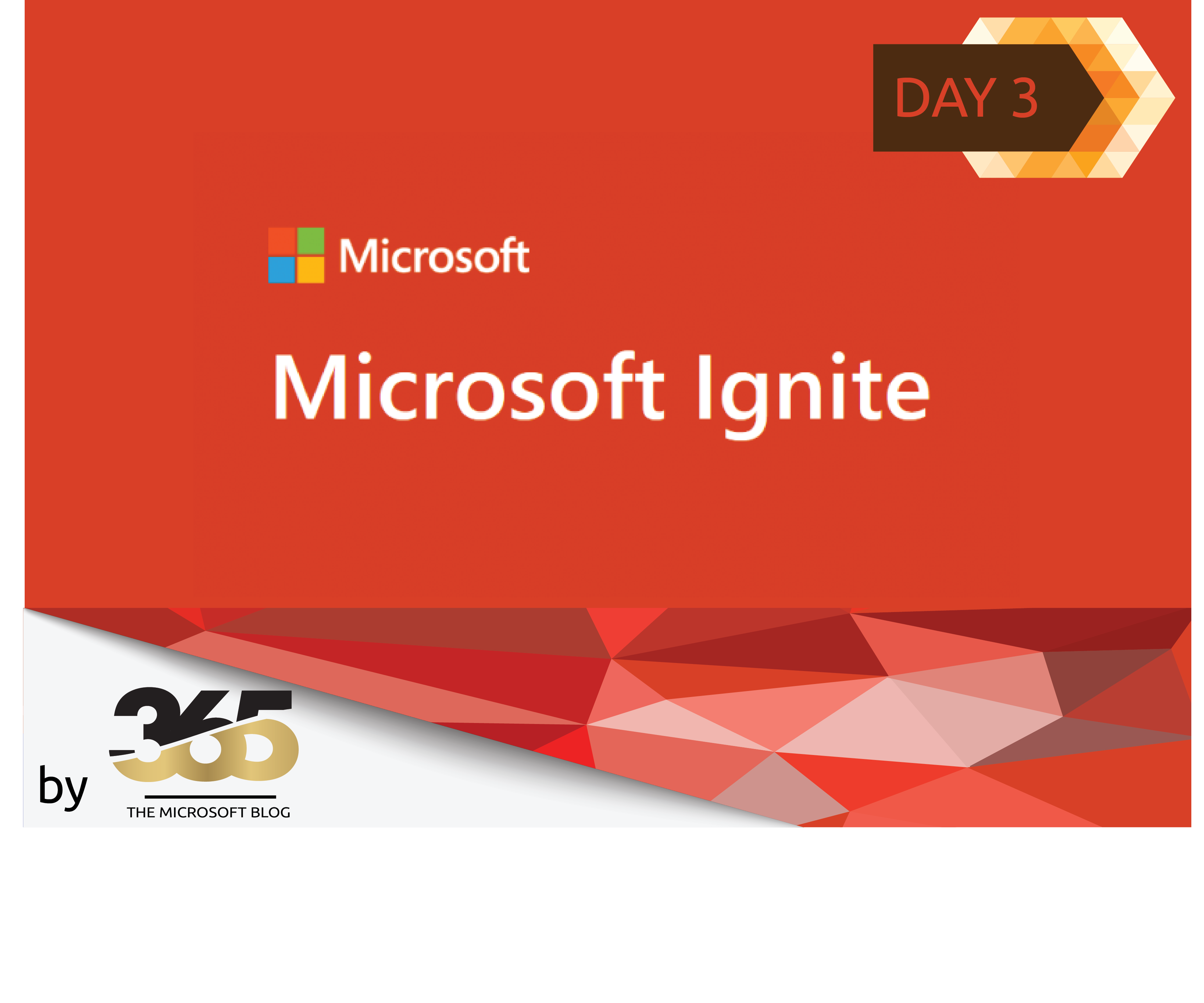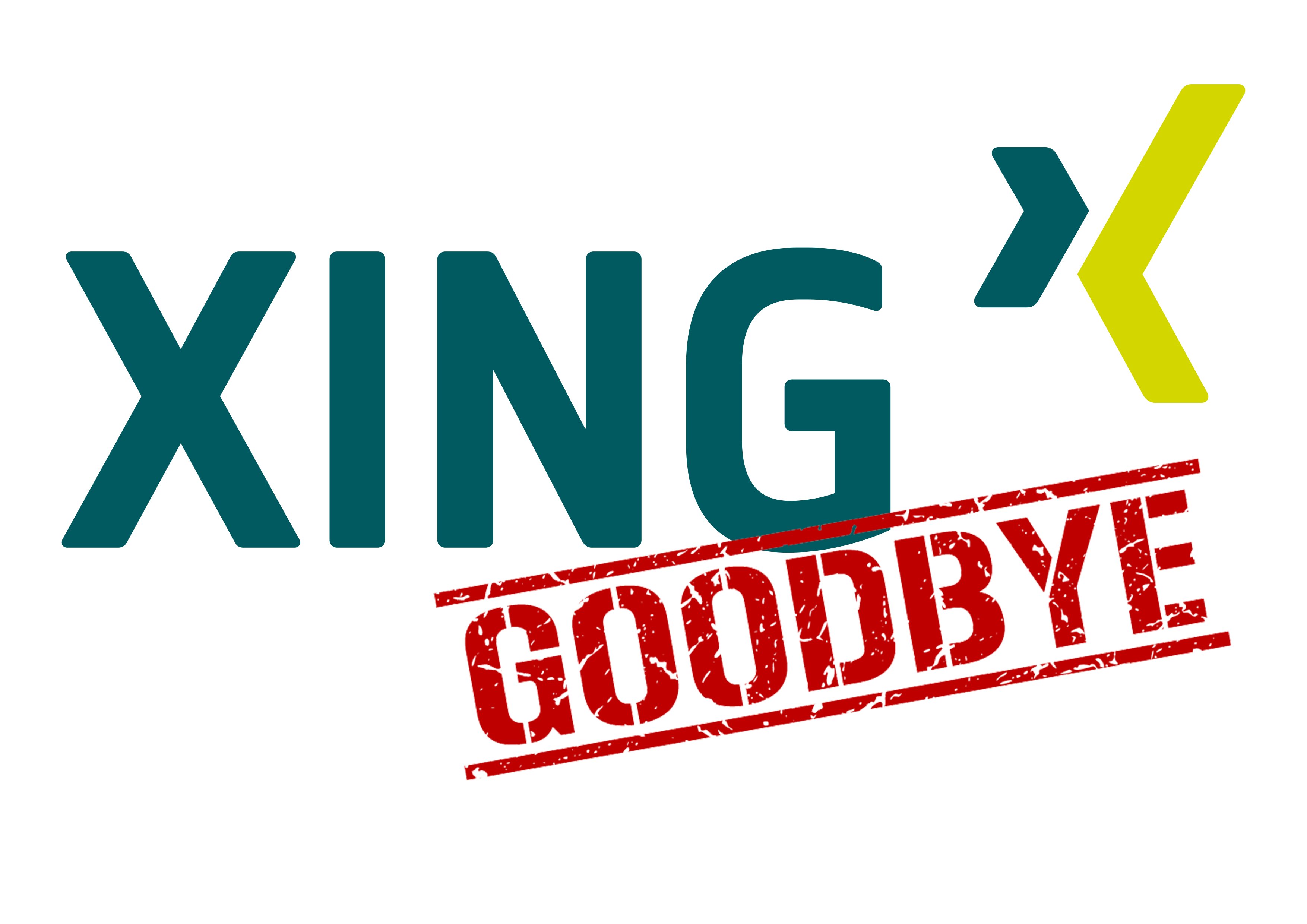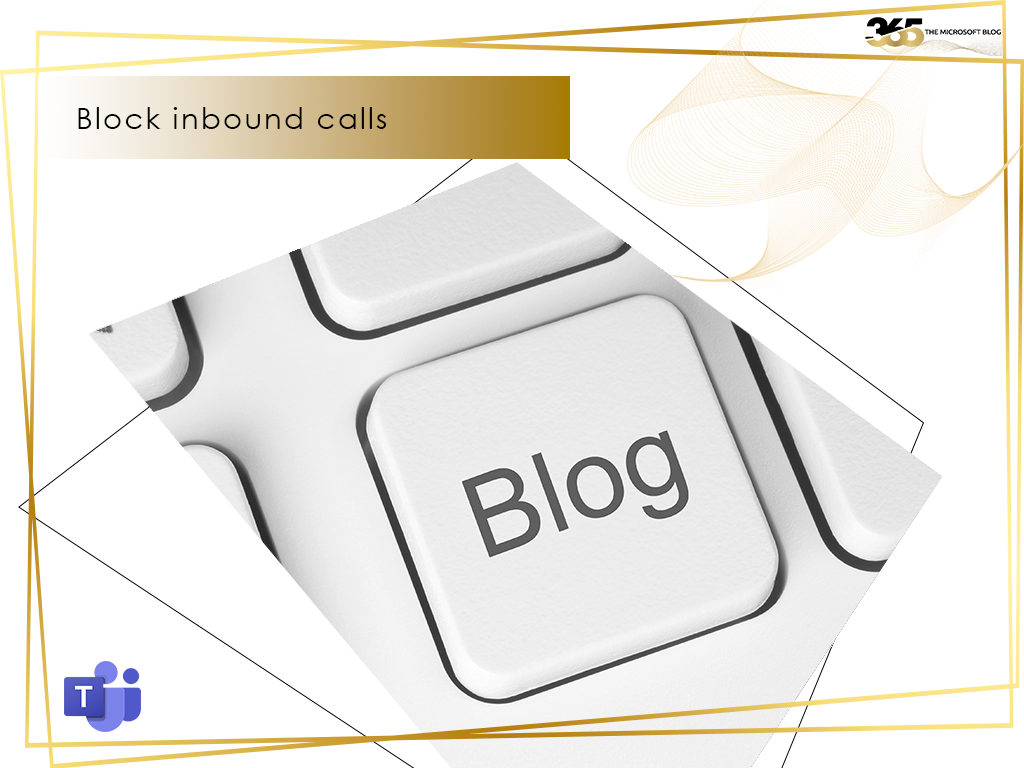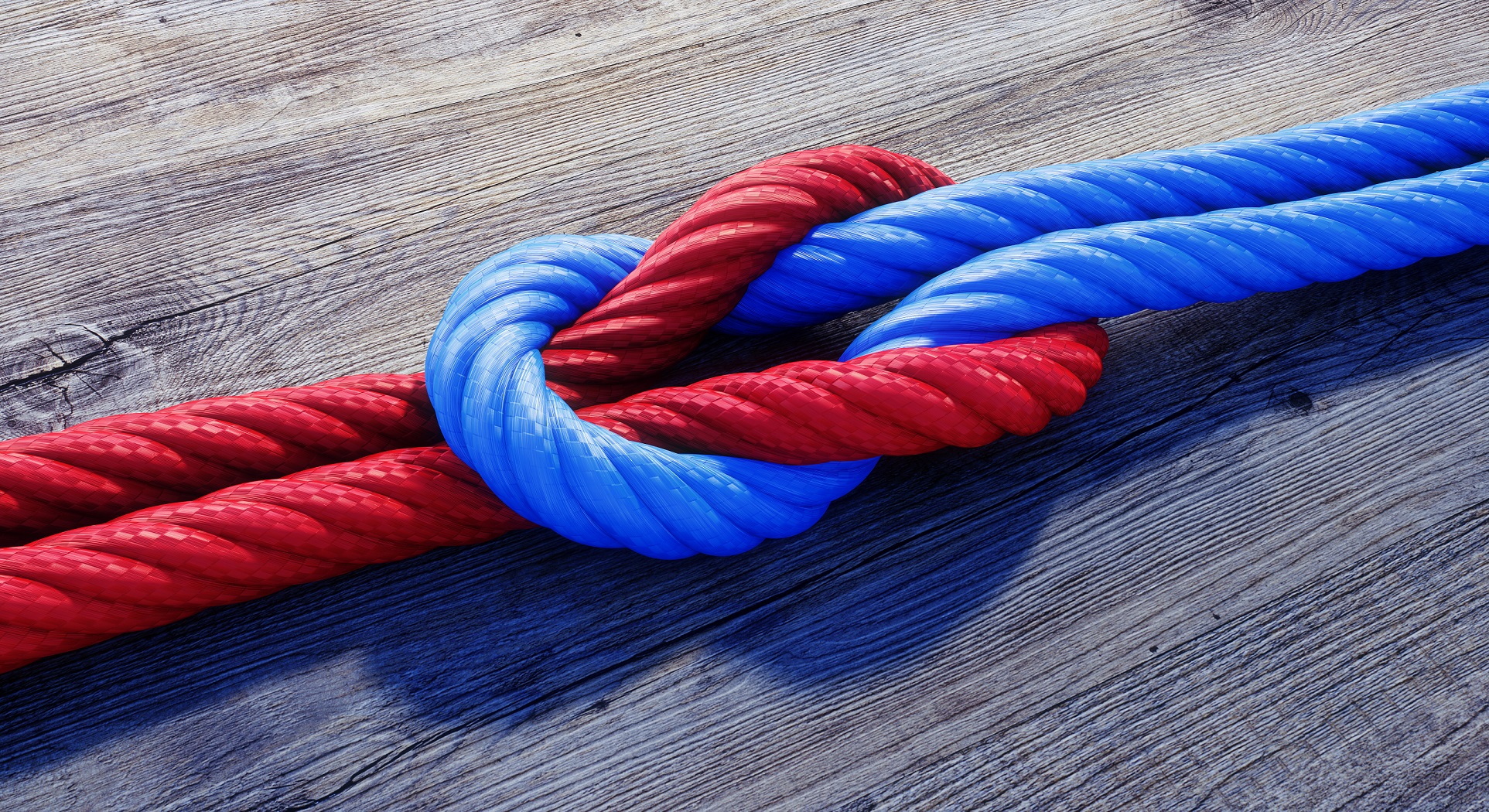It’s been a few days now since Microsoft announced the next Exchange Server version. You can read my article and the corresponding link to the Microsoft announcement again at the following link:

This article takes a closer look at the first further questions about the new Exchange version.
Does the new Exchange Server require Internet connectivity?
No, the next generation of the Exchange Server does not necessarily require Internet connectivity.
Basically, if there is no Internet connectivity, malware updates and zero day protection are not guaranteed. However, if these options are deactivated, the new Exchange generation does not require Internet connectivity.
Internet connectivity is also required for a hybrid configuration and the external mailflow. But for pure on-premise operation, nothing has changed in this respect.
How does the license validation of the SE version take place?
As always, Exchange Server SE does not perform product activation or any kind of online license validation. As before, the server code checks the license key entered, which determines whether it is a Standard, Enterprise or Hybrid server. Servers without a product key are, as always, 180-day trial versions.
How does the subscription model for Exchange Server SE work?
Similar to SharePoint SE: Microsoft referenced SharePoint Server SE as the model for Exchange Server SE licensing. This means it likely requires:
- Exchange Server SE is planned to launch in the early months of Q3 of 2025.
- Subscription Licenses: You’ll have to buy subscription licenses for the server software itself.
- Active Software Assurance (SA) for User CALs: Client Access Licenses (CALs) for users who access Exchange will likely need active Software Assurance to be valid.
- No Perpetual Licensing: Unlike the traditional model where you pay once for a license for Exchange Server, the subscription model requires continuous payment.
- The old perpetual server and Client Access Licenses (CALs) that Exchange 2019 and all previous versions used are not supported.
- Online Download: You’ll likely get Exchange Server SE from the Microsoft 365 admin center (formerly Volume License Service Center).
- No Internet Requirement for Licensing: The subscription itself won’t need a constant internet connection. Activation and verification won’t be online processes.
- Microsoft has not officially announced specific pricing details for Exchange Server SE yet (as of June 2024).
- Future updates will be essential for maintaining support. Microsoft intends to release two updates yearly, with the first expected in late 2025.
Whether you should consider Microsoft Exchange SE depends on your specific needs and situation. Here’s a breakdown of the potential benefits and drawbacks to help you decide:
Potential Benefits of Exchange Server SE:
Reduced Cost (Potentially): The subscription model might offer lower upfront costs compared to traditional perpetual licenses, especially for organizations with fluctuating user bases.
- Improved Security: Microsoft manages the infrastructure, potentially leading to a more secure environment with automatic updates and patching.
- Simplified Management: Subscription-based licensing might simplify license management compared to traditional CALs.
- Scalability: The subscription model could allow for easier scaling of resources based on your needs.

















































































































































































































































